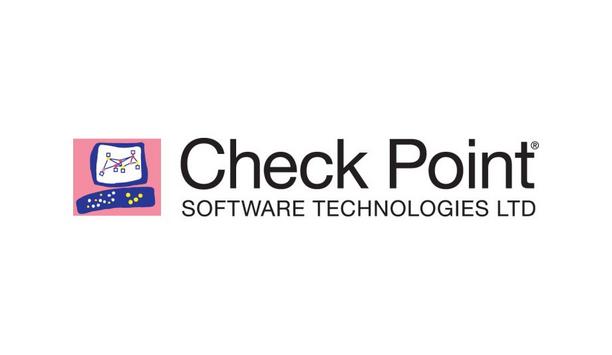Hanwha Techwin, a supplier of IP and analogue video surveillance solutions, announces their top five key trend predictions for the security industry in 2021. They include: AI moving to the edge, open platforms, cloud, cybersecurity and privacy.
Improved AI algorithms
Artificial Intelligence is moving to the edge - Increased computing power along with improved AI algorithms are driving the trend towards AI and machine learning to be run on IoT devices instead of expensive and resource hungry on-premises data servers. Next-generation security edge devices will be able to serve as sensors for detecting video data, radar, thermal imaging and more.
Processing much of the data on the edge and sending refined data to the server will improve the efficiency of resources and reduce processing time. Hanwha expects that the edge will become an open platform to create a new ecosystem through partnerships, connected devices, functions and solutions to provide high scalability and availability that can meet customer demands in a timely manner.
Core software infrastructure
Hanwha Techwin aims to build a standardised and accessible framework along with the OSSA
Open platforms enable customer-tailored solutions - Due to rapidly changing environments and swiftly shifting consumer demands, software development cannot remain a siloed process led by a single in-house development team. Instead, open platforms can support the collaborative development required to add new features based on user requirements and needs.
Open APIs (Application Programming Interface) are enabling specialised analytics to be integrated into core software infrastructure, empowering users to collect, analyse and report on data for specific applications. In 2021, Hanwha Techwin aims to build a standardised and accessible framework along with the OSSA (Open Security & Safety Alliance) to offer more options to its customers that address specific regional market demands, and unique vertical market requirements.
Managing security devices
Cloud is a tool to grow business and gain insights - As edge devices become more ‘intelligent’, cloud technology is playing an increasingly crucial role in safely managing these devices, analysing large amounts of data and deriving useful insights. The cloud is integral to quickly installing security patches, updating new features and managing and maintaining all edge devices as one.
The need to integrate and manage data collected from different devices has been increasing. Hanwha Techwin plans to introduce a cloud solution that manages security devices and monitors real-time status, as well as a cloud solution that publishes reports and derives insights based on the results analysed at each edge.
Obtaining cybersecurity certification
Cybersecurity continues to be a focus - In an environment where intelligent infrastructures such as smart cities, smart factories and smart retail are expanding and data is being secured at the edge level, the exposure to cyberattack is also increasing.
Hanwha Techwin has aspired to establish a system that customers can trust
Verifying trusted edge devices through mutual authentication at the point of data transmission to the server or while circulating the edge's open platform has become an essential feature. As an effort to go beyond the company's own security verification standards, Hanwha Techwin has aspired to establish a system that customers can trust by obtaining a cybersecurity certification from a reputable third-party certification authority.
Protecting personal data
Privacy protection - The protection of personal data should be at the foundation of the business ethics of any security organisation. As privacy protection regulations are being introduced around the world such as the General Data Protection Regulation (GDPR) in Europe, and the California Consumer Privacy Act (CCPA), the video surveillance industry is increasingly adopting ‘privacy by design’ best practices and increasing its efforts to protect personal data from misuse and abuse.
Organisations are increasingly aware of the dangers of private data breaches and are becoming more discerning when evaluating security products and solutions they can trust. By adopting privacy by design methodologies, manufacturers can ensure that security technology can be used to its fullest without compromising the privacy of personal data.



















